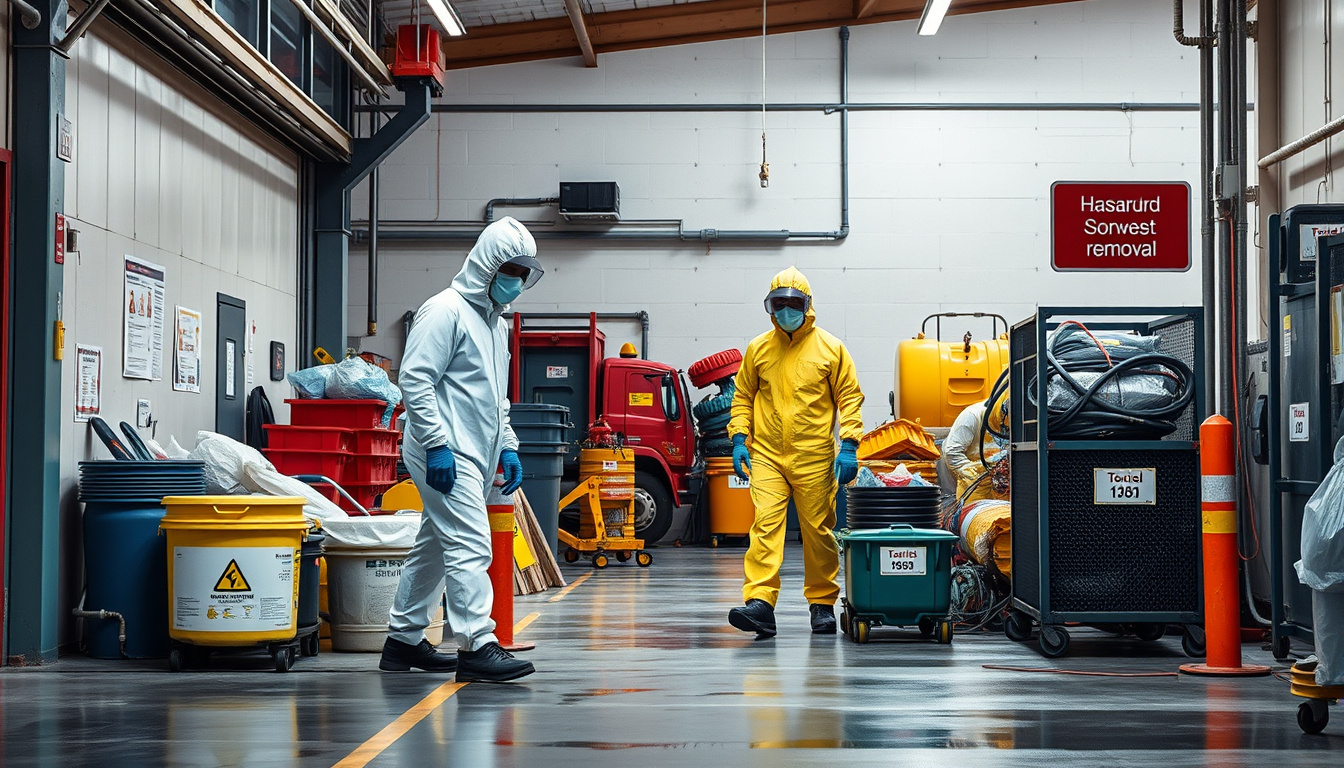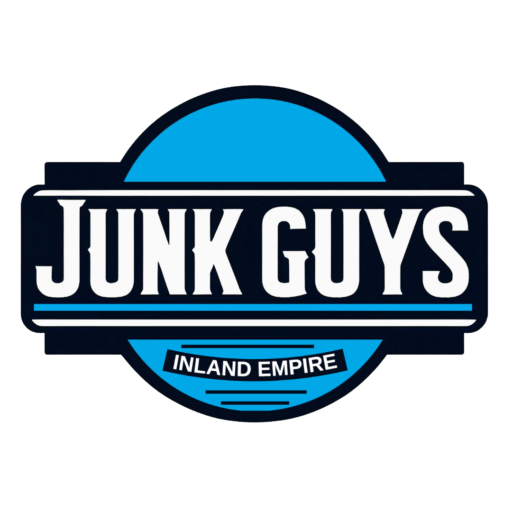Proper hazardous waste removal is crucial for protecting public health and the environment. Whether you are a homeowner disposing of old paint or a business handling industrial chemicals, understanding how to manage hazardous waste safely and in compliance with regulations is essential. This article explores key tips and best practices to ensure effective hazardous waste removal without risking fines or environmental harm.
What Is Hazardous Waste?
Hazardous waste refers to materials that pose a significant risk to health, safety, or the environment if not handled correctly. This includes substances that are toxic, corrosive, ignitable, or reactive. Common examples of hazardous waste include:
- Industrial solvents and chemicals
- Pesticides and herbicides
- Paints, solvents, and paint thinners
- Batteries containing heavy metals
- Fluorescent lamps containing mercury
- Certain cleaning agents
Proper disposal and removal methods prevent contamination of soil, water bodies, and air, reducing harmful impacts on ecosystems and human health.
Why Is Hazardous Waste Removal Important?
Improper disposal of hazardous waste can lead to severe consequences such as environmental pollution, health hazards, and legal penalties. Toxic chemicals can seep into groundwater, contaminate food supplies, and cause respiratory or skin diseases. Governments worldwide regulate hazardous waste to minimize these risks.
Effective hazardous waste removal ensures:
- Compliance with legal and environmental standards
- Protection of workers, residents, and wildlife from exposure
- Prevention of soil and water contamination
- Reduction of long-term cleanup and health costs
Businesses that fail to dispose of hazardous waste properly face fines, lawsuits, and reputational damage. Hence, adopting safe and compliant disposal practices is a critical responsibility.
Key Tips for Safe Hazardous Waste Removal
Here are essential tips to follow when handling hazardous waste removal:
1. Identify Hazardous Waste Correctly
Before disposal, categorize your waste to determine if it is hazardous. Consult waste classification guides provided by authorities such as the Environmental Protection Agency (EPA) or your local environmental agency. Misidentifying waste can lead to improper handling and regulatory violations.
2. Use Proper Containers and Labeling
Store hazardous waste in durable, leak-proof containers specifically designed for the waste type. Clearly label containers with contents, hazard warnings, and accumulation start dates. This reduces accidental exposure and facilitates safe transport and disposal.
3. Store Waste Safely Until Disposal
Keep hazardous waste in a secure, well-ventilated area away from incompatible substances, ignition sources, or public access. Regularly inspect storage areas for leaks or signs of deterioration.
4. Partner with Licensed Waste Removal Professionals
Engage certified hazardous waste removal services with expertise in regulatory compliance and safe handling. Professionals have the equipment and permits to transport and dispose of hazardous waste through approved facilities.

5. Comply with Local, State, and Federal Regulations
Stay informed about applicable regulations governing hazardous waste in your state or country. Follow rules regarding accumulation limits, storage times, manifests, and disposal methods to avoid penalties. Regulatory agencies often provide resources and training to help businesses comply.
6. Train Employees on Hazardous Waste Handling
If you operate a business that generates hazardous waste, provide staff training on safe handling, emergency response, and regulatory requirements. Well-trained personnel minimize accidents and ensure compliance.
7. Consider Waste Minimization Strategies
Reduce hazardous waste generation by modifying processes, substituting safer materials, or recycling waste when feasible. Waste minimization lowers disposal costs and environmental impact.
Hazardous Waste Removal Process Overview
Here’s a typical step-by-step process for hazardous waste removal:
- Waste Characterization: Identify and classify the waste type.
- Packaging and Labeling: Secure waste in approved containers with proper labeling.
- Storage: Store waste safely onsite until pick-up.
- Transportation: Licensed transporters move waste to treatment or disposal facilities using approved routes and vehicles.
- Treatment and Disposal: Waste is treated, neutralized, or disposed of in landfills designed for hazardous materials, incineration, or other approved methods.
- Record Keeping: Maintain documentation of waste generation, transport manifests, and disposal certificates for regulatory compliance.
Adhering to this process ensures that hazardous waste is managed responsibly from generation to final disposal.
Common Challenges in Hazardous Waste Removal
Organizations may encounter challenges such as:
- Identifying complex waste mixtures
- Finding licensed transporters and facilities in remote locations
- Managing costs associated with hazardous waste disposal
- Keeping up-to-date with changing regulations
Overcoming these challenges involves working with experienced waste management professionals and maintaining open communication with regulatory bodies.
FAQ: Hazardous Waste Removal
Q1: What types of waste require hazardous waste removal services?
A1: Waste classified as hazardous includes materials that are toxic, corrosive, flammable, or reactive. Examples are solvents, pesticides, batteries, certain medical wastes, and mercury-containing products.
Q2: How can I dispose of hazardous waste safely at home?
A2: Check with your local municipal or environmental authority for community hazardous waste collection events or designated drop-off centers. Never dispose of hazardous materials in household trash or down drains.
Q3: What regulations govern hazardous waste removal?
A3: Regulations vary by country and region but typically include guidelines from agencies like the EPA in the U.S. They dictate how hazardous waste must be stored, transported, treated, and documented to protect health and the environment.
Reliable Resources for Hazardous Waste Removal
For further information and assistance, consult authoritative sources such as the EPA’s Hazardous Waste Management page which offers detailed guidelines and tools on managing hazardous waste safely and legally.
Conclusion: Prioritize Safe and Compliant Hazardous Waste Removal Today
Managing hazardous waste responsibly is not just a regulatory obligation but a vital step toward safeguarding our planet and communities. By following these essential tips for hazardous waste removal — from accurate identification to partnering with licensed disposal professionals — you reduce risks and ensure compliance. Act now to develop or improve your hazardous waste disposal plan and contribute to a healthier, safer environment. Contact a certified hazardous waste removal service or your local environmental authority to get started on compliant, effective waste management today!
Junk Guys Inland Empire
Phone: 909-253-0968
Website: www.junkguysie.com
Email: junkguysie@gmail.com
